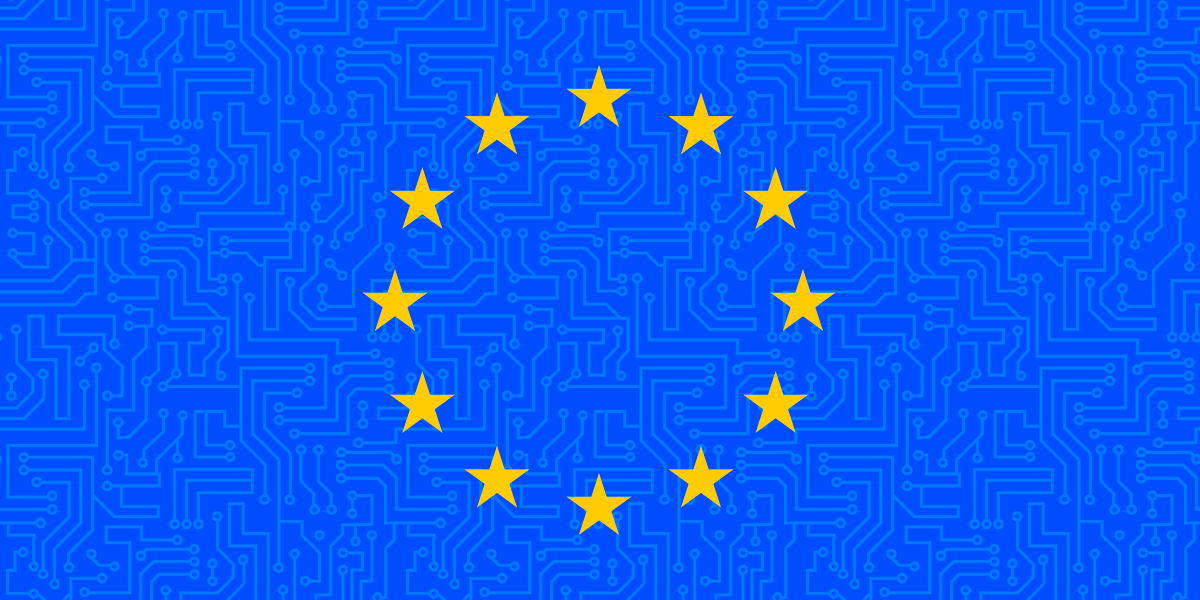By publishing its guidelines under Article 28 of the Digital Services Act, the European Commission has taken a major step towards social media bans that will undermine privacy, expression, and participation rights for young people that are already enshrined in international human rights law.
EFF recently submitted feedback to the Commission’s consultation on the guidelines, emphasizing a critical point: Online safety for young people must include privacy and security for them and must not come at the expense of freedom of expression and equitable access to digital spaces.
Article 28 requires online platforms to take appropriate and proportionate measures to ensure a high level of safety, privacy and security of minors on their services. But the article also prohibits targeting minors with personalized ads, a measure that would seem to require that platforms know that a user is a minor. The DSA acknowledges that there is an inherent tension between ensuring a minor’s privacy and requiring platforms to know the age of every user. The DSA does not resolve this tension. Rather, it states that service providers should not be incentivized to collect the age of their users, and Article 28(3) makes a point of not requiring service providers to collect and process additional data to assess whether a user is underage.
Thus, the question of age checks is a key to understanding the obligations of online platforms to safeguard minors online. Our submission explained the serious concerns that age checks pose to the rights and security of minors. All methods for conducting age checks come with serious drawbacks. Approaches to verify a user’s age generally involve some form of government-issued ID document, which millions of people in Europe—including migrants, members of marginalized groups and unhoused people, exchange students, refugees and tourists—may not have access to.
Other age assurance methods, like biometric age estimation, age estimation based on email addresses or user activity, involve the processing of vast amounts of personal, sensitive data – usually in the hands of third parties. Beyond being potentially exposed to discrimination and erroneous estimations, users are asked to trust platforms’ intransparent supply chains and hope for the best. Age assurance methods always impact the rights of children and teenagers: Their rights to privacy and data protection, free expression, information and participation.
The Commission’s guidelines contain a wealth of measures elucidating the Commission’s understanding of “age appropriate design” of online services. We have argued that some of them, including default settings to protect users’ privacy, effective content moderation and ensuring that recommender systems’ don’t rely on the collection of behavioral data, are practices that would benefit all users.
But while the initial Commission draft document considered age checks as only a tool to determine users’ ages to be able to tailor their online experiences according to their age, the final guidelines go far beyond that. Crucially, the European Commission now seems to consider “measures restricting access based on age to be an effective means to ensure a high level of privacy, safety and security for minors on online platforms” (page 14).
This is a surprising turn, as many in Brussels have considered social media bans like the one Australia passed (and still doesn’t know how to implement) disproportionate. Responding to mounting pressure from Member States like France, Denmark, and Greece to ban young people under a certain age from social media platforms, the guidelines contain an opening clause for national rules on age limits for certain services. According to the guidelines, the Commission considers such access restrictions appropriate and proportionate where “union or national law, (…) prescribes a minimum age to access certain products or services (…), including specifically defined categories of online social media services”. This opens the door for different national laws introducing different age limits for services like social media platforms.
It’s concerning that the Commission generally considers the use of age verification proportionate in any situation where a provider of an online platform identifies risks to minors’ privacy, safety, or security and those risks “cannot be mitigated by other less intrusive measures as effectively as by access restrictions supported by age verification” (page 17). This view risks establishing a broad legal mandate for age verification measures.
It is clear that such bans will do little in the way of making the internet a safer space for young people. By banning a particularly vulnerable group of users from accessing platforms, the providers themselves are let off the hook: If it is enough for platforms like Instagram and TikTok to implement (comparatively cheap) age restriction tools, there are no incentives anymore to actually make their products and features safer for young people. Banning a certain user group changes nothing about problematic privacy practices, insufficient content moderation or business models based on the exploitation of people’s attention and data. And assuming that teenagers will always find ways to circumvent age restrictions, the ones that do will be left without any protections or age-appropriate experiences.



